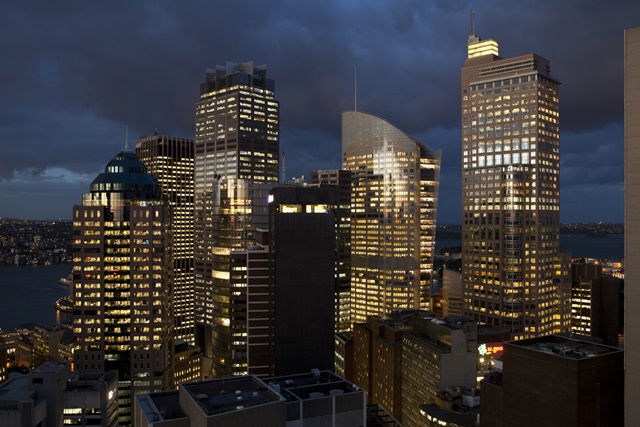Water management
Join us to help protect the supply of the precious and limited resource.

Why we are doing this
More than 85% of Greater Sydney’s water supply relies on rain. This means water is in short supply during drought.
In 2017, Sydney’s dam levels dropped to unprecedented rates. Visit the Love Water website for more information about how you can save water.
Challenges
Securing and managing water for our growing city and changing climate will become increasingly challenging. Climate change is already making our city hotter, with more extreme weather events including drought, floods and extreme heat days becoming more frequent. This puts pressure on water use, which plays an important role in cooling our city. Our adapting for climate change strategy details more about what climate change means for Sydney.
Population growth will also add to demands for our water resources and place pressure on our ageing water pipes and sewers. Greater Sydney’s population is expected to grow from 4.7 million to 8 million over the next 40 years.
Increasing density of our city will lead to less individual open space and more emphasis on creating beautiful public spaces that feature water and bring our communities together.
Ongoing development of our city increases hard surfaces and leads to increased stormwater pollution. We need to minimise hard surfaces and increase vegetation to ensure more water is retained in the landscape for greening and cooling and less pollution enters our waterways from stormwater run-off.
Together, we can make Sydney a water-sensitive city – one that is sustainable, resilient, productive and liveable.
A water sensitive city, according to the Greater Sydney Commission, is one that:
- provides residents, business and visitors access to high-quality landscapes, safe water and healthy waterways
- collects and recycles all sources of water and incorporates a green grid of parks, bushland and other vegetated areas to cool, clean and beautify open spaces and surrounding landscapes
- empowers communities to make their own decisions about water and creates social connections around urban waterways and water features.
What we are doing
We are already working hard to save precious drinking water in our own operations. We’re replacing drinking water with recycled water for uses such as toilet flushing, laundry use and irrigating our trees, parks and green open spaces.
We’re also improving how we manage stormwater to reduce flood risk and protect and enhance water quality in Sydney Harbour and Alexandra Canal, which flows into the Cooks River and Botany Bay.
Managing Sydney’s water
Responsibility for water in our local area is shared between the City of Sydney, Sydney Water and private water utilities.
Sydney Water manages drinking water, the majority of wastewater services and approximately half the stormwater infrastructure such as large trunk stormwater drains in our local area.
We manage the remainder of the stormwater network, and some stormwater harvesting and reuse schemes.
Private utilities own and operate some recycled water schemes that collect and treat wastewater locally and supply recycled water for non-potable uses.
Water targets
We’ve set water targets for our local area as part of our environmental strategy. These targets are:
- zero increase in potable water use by 2030 from 2006 baseline, achieved through water efficiency and recycled water
- 50% reduction in annual solid pollution load and 15% reduction in annual nutrient load discharged to waterways via stormwater by 2030.
We’ve also set targets for our own operations:
- zero increase in potable water use by the of end June 2021 and by 2030 from 2006 baseline, achieved through water efficiency and recycled water
- annual potable water use of 180L/m2 of irrigated open space.
To reach these ambitious targets we also need action from state and federal governments to drive change and lift barriers outside our control.
How much water the city uses
In 2017/18 annual potable water consumption across the city had grown 13% against our 2006 baseline, during which time the city’s population had grown at least 40%.
Increased growth in our local area and the removal of state government-imposed water restrictions after the previous drought have led to annual consumption rising above the baseline in recent years. This is despite great success in our Smart Green Business and Better Buildings Partnership programs saving over 2,000 megalitres a year in potable water.
Sydney Water reintroduced level 2 water restrictions on 10 December 2019 in response to the ongoing drought. This should reduce potable water consumption, which may be observed in future reports.
Help protect our water supply
 Water: actions for developersPublished 11 January 2023
Water: actions for developersPublished 11 January 2023 Water: actions for residentsPublished 11 January 2023
Water: actions for residentsPublished 11 January 2023 How we’re saving waterPublished 11 January 2023
How we’re saving waterPublished 11 January 2023
Other resources
The Decentralised Water Master Plan is a reference document to the environment strategy. It contains useful background information, however any targets and actions have been superseded by the environmental strategy.






